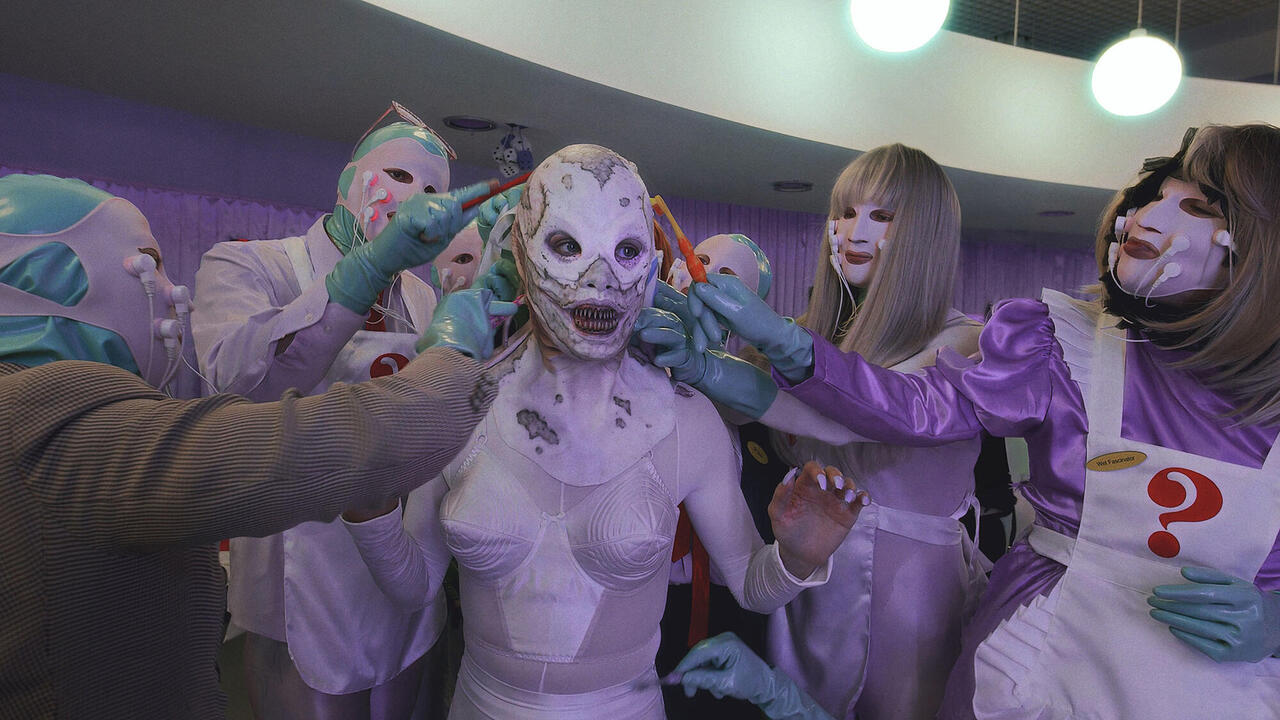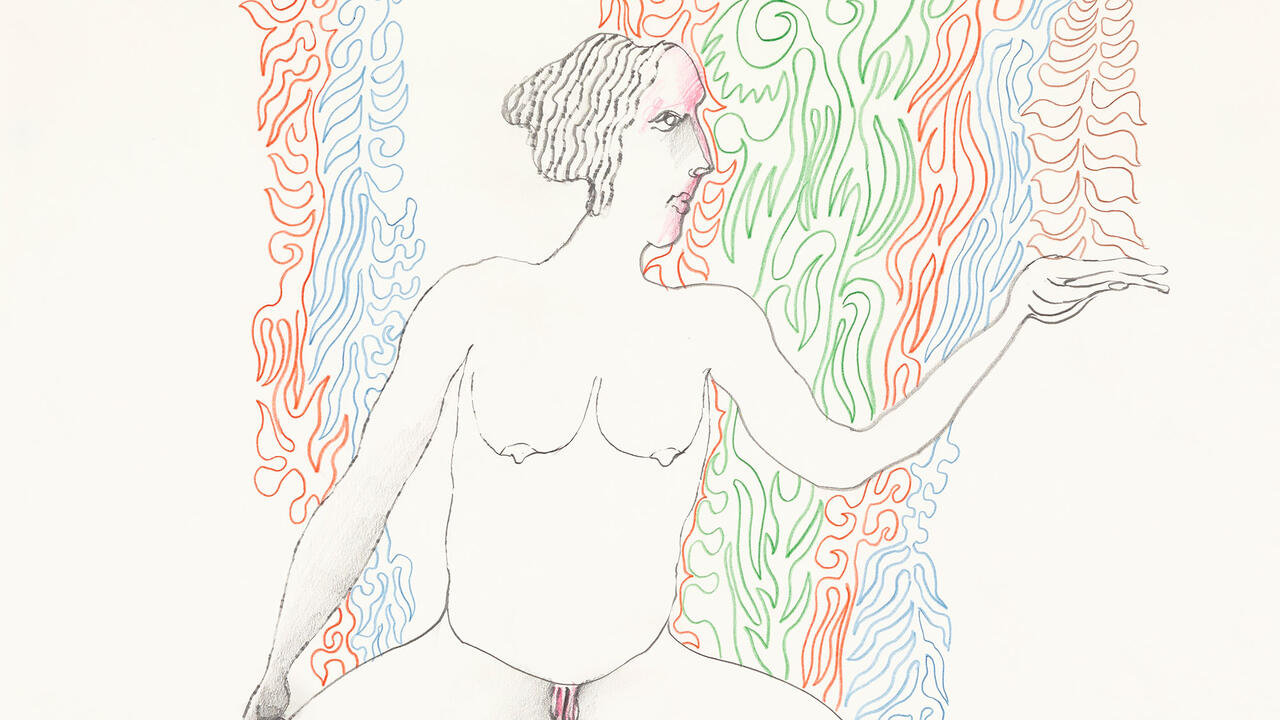Laura Langer’s Hypnotic Spirals Assault the Unconscious
At Kunsthaus Glarus, the artist draws on the authoritarian and curative connotations of serpentine forms
At Kunsthaus Glarus, the artist draws on the authoritarian and curative connotations of serpentine forms

The spiral has been used as a symbol since the beginning of recorded culture. In Celtic mythologies, for instance, spirals denote elevation to higher levels of consciousness. Popular iconographies based on Greco-Roman and Judeo-Christian mythology, on the other hand, combine the spiral with a straight line to represent the power of healing through faith or science: a snake wrapping itself around a rod is carried by Apollo’s healer son Asclepius, for instance, while Moses used the Nehushtan, a bronze serpent on a pole, to guide and protect the Israelites in exile. The ancient Greeks once understood snakes to signify wisdom, healing, and resurrection, and in yogic practice, the spiralled snake channels kundalini energy.

For ‘Headlines’, her solo exhibition at Kunsthaus Glarus, Laura Langer has chosen the spiral as a leitmotif for her series of 19 paintings which hang along the walls of the institution’s upper level (Spiral 1 – Spiral 19, 2022). Each canvas depicts one black acrylic spiral painted over a layer of silver marker pen. While the sizes of the canvases vary, the format of the black spirals is unchanging. Viewed up close, the paintings, with their irregular black lines and visible traces of an underlayer of purple, feel erratic. Yet, when perceived as an ensemble, the effect shifts and the works gain consistency – Langer’s use of seriality here demonstrating its capacity to alter people’s perceptions.

Yet, while they may not elevate the consciousness of every viewer, Langer’s spirals do encourage an elevation of gaze; compelled to look up, visitors discover that the gallery’s skylight has been customised with Weapons (2022). The metallic grid holding the window panes is covered with a layer of cardboard onto which the artist has collaged excerpted newspaper headlines, including ‘Feel the Noise’, ‘Be Afraid!’ and ‘It’s the Final Countdown’. Eliciting a sense of urgency and even alarm, the installation brings to mind the way newspaper headlines are put together to attract the reader’s immediate attention and, as its title indicates, can assault the unconscious as violently as machine-gun bullets. Weapons makes clear that there is no need to rearrange the word order of contemporary headlines to create dadaist poetry.

Both here and throughout her wider practice, Langer’s intuitive absorption of her surroundings is usually followed by a methodical deconstruction by way of seriality and repetition. For instance, the headlines in Weapons were extracted from newspapers the artist collected during a 2022 residency by Hessische Kulturstiftung in London. The ‘Spiral’ series, however, is significantly more abstract and analytical than other recent works such as Moon Skull (2022), in which she focuses on a specific form or meaning, based on the political and historical implications of the Apothekerverband logo (German Association of Pharmacists). In ‘Headlines’, the focus shifts from a specific form or meaning to the power of symbols overall: how, as with Asclepius, the Nehushtan or kundalini, they represent and influence crowds, bringing them together – or forcing them apart.

Yet, despite symbols illustrating a range of beliefs or authoritarian and curative connotations, we often ignore or don’t understand their real purpose or meaning. In an interview with Kunsthaus Glarus director Melanie Ohnemus, Langer said she wanted to associate her spiral motif with ‘incessant thoughts you can’t get rid of’. Returning to Basel after visiting the exhibition, I noticed that the logo for the public-transport operator Basler Verkehrs-Betriebe is a twist on another spiral: the city’s heraldic emblem of a curled bishop’s crozier. The artist got her wish: the image continued to resonate in my mind for days.
Laura Langer’s ‘Headlines’ is on view at Kunsthaus Glarus until 27 November.
Main image: Laura Langer, Spiral 2 (detail), 2022, installation view. Courtesy: the artist and Weiss Falk; photograph: Gunnar Meier
























